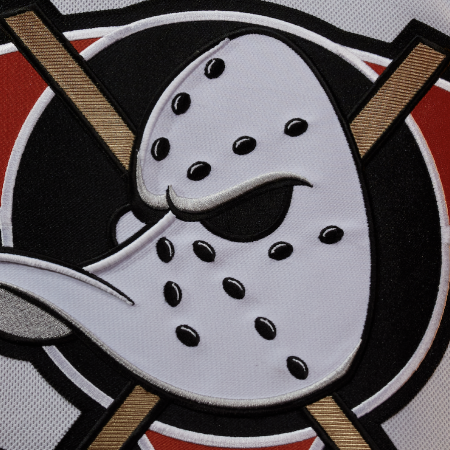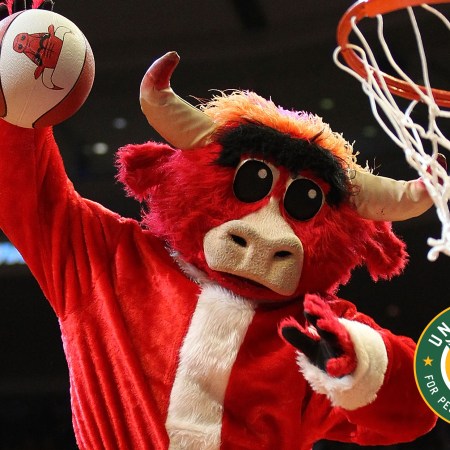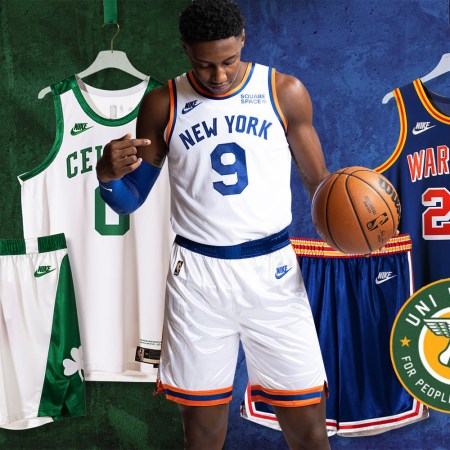At some point in July of 1999, I was driving in my car around Brooklyn and listening to my favorite baseball team, the Mets, on the radio. During a break between innings, one of the broadcasters read a promo spot for an upcoming game: “Come out to the ballpark on July 27th to see the Mercury Mets, making their only Earth appearance!”
I just about ran off the road.
This was Major League Baseball’s “Turn Ahead the Clock” promotion (also known as TATC), a bizarre program that unfolded during the second half of the 1999 season. Twenty-two of MLB’s 30 teams — all except the Astros, Blue Jays, Cubs, Dodgers, Expos, Rangers, Reds and Yankees — jumped at the chance to reimagine baseball’s visuals by wearing uniforms that supposedly showed how the sport might look at some point in the future. But not just any point — TATC’s official sponsor was the real estate firm Century 21, so the uniforms were specifically targeted to represent the year 2021. (Corporate synergy would apparently be alive and well in the future.)
TATC got off to an inauspicious start when the program’s introductory press conference featured so much dry ice-generated smoke that someone mistakenly pulled the fire alarm, and things didn’t get much better from there. Most of the 22 participating teams played just one TATC game, but that was enough to generate a lot of negative reaction — like, really negative. Fans quickly noted that many of the TATC uniforms followed the same cookie-cutter template of simply enlarging the team’s primary logo to comically absurd proportions and positioning it off-center on the jersey, which seemed more silly than futuristic. Players, who weren’t consulted about the uniforms, didn’t like them. Mets pitcher Orel Hershiser made sure to get his 200th career win before the Mercury Mets game because his turn in the team’s starting rotation was due to come up on that date and he didn’t want to be going for a milestone victory in a uniform that looked more like a clown suit.
Meanwhile, sports media outlets (including a then-new column called Uni Watch) savaged the uniforms. SportsCenter anchor Rich Eisen let loose with a particularly memorable tirade — no longer available on YouTube, unfortunately — that began, “I’ve seen them, you’ve seen them, the American people have seen them, and the vote is a landslide: These new futuristic baseball uniforms have got to go!” The promotion came to a merciful end at the close of the 1999 regular season and has since attained near-legendary status in the “What were they thinking?” category of sports history.
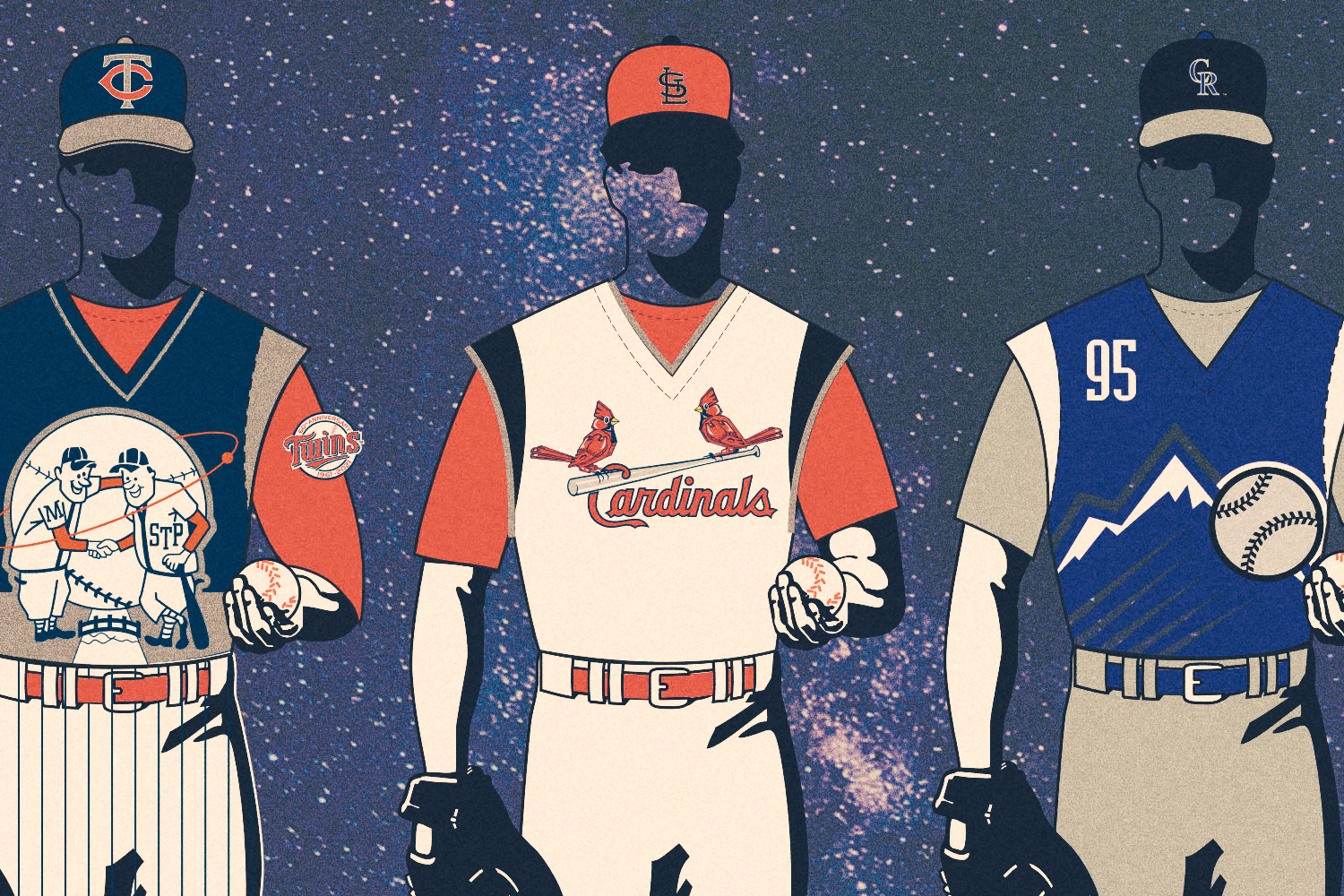
Fast-forward 22 years and we’ve arrived: it’s 2021 — the future is now! Obviously, current baseball uniforms don’t look anything like the TATC designs, which would look as out of place today as they did back in 1999. But a funny thing has happened in the intervening two decades: A lot of people’s views about TATC seem to have softened. Sure, the uniforms were mostly ridiculous, but the overall spirit of the promotion was fun, even if the execution left a bit to be desired, and it’s now something most fans can laugh about. Some people even feel a bit nostalgic about it.
That includes me. As a lifelong Mets fan, I found the whole “Mercury Mets” thing mortifying when it took place back in 1999. The basic TATC concept seemed bad enough to start with, but the Mets were the only team that took it to the next level by giving themselves a new name and an embarrassing storyline. It all felt very minor league, especially compared to New York’s other team, the Yankees, who were among the eight clubs that opted out of the TATC program. (When someone asked Yanks owner George Steinbrenner, “Don’t you want fans to be able to see what the Yankees’ uniform design will look like in 2021?,” he reportedly replied, “We’re already wearing it.” He turned out to be right.)
Two decades later, I can now see that the Mets were the only team that did TATC the way it was supposed to be done. They embraced the concept and ran with it instead of going the half-assed route that most of the other teams took. Now that we’ve finally reached 2021, I’ve even caught myself thinking, “You know, it would be cool if they did the Mercury Mets thing for a game or two this season.” The more I thought about it, the more I thought MLB should have revived the entire TATC program for this season, just to bring the concept full circle and provide a sense of closure.
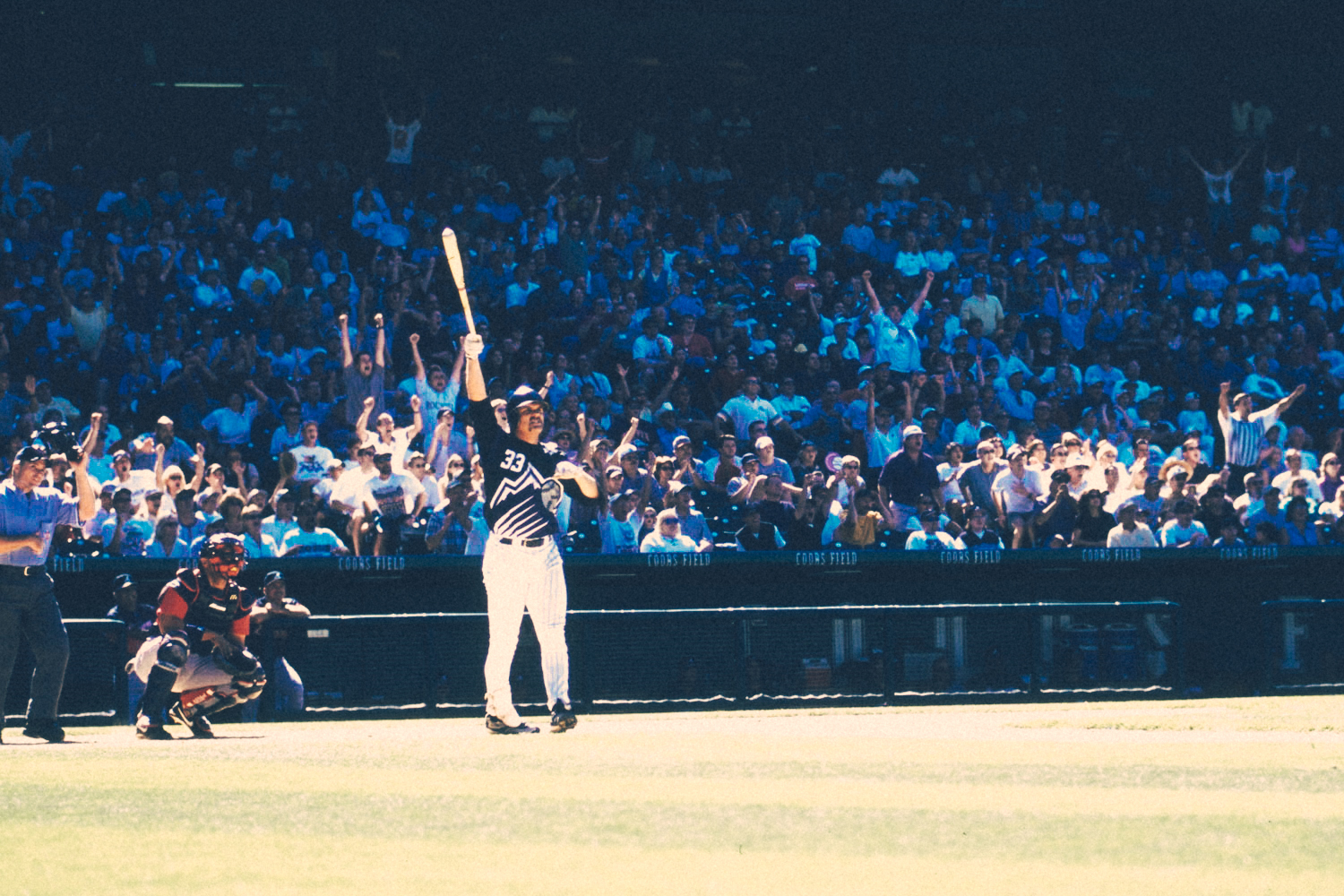
Unfortunately, there’s no indication of that happening. But I thought 2021 would also be a good time to revisit TATC with some of the key people who brought the promotion to life back in the late 1990s. Most of them have moved on to other phases of their careers and lives, but all have strong memories of TATC. As one of them put it semi-ruefully when I recently contacted him for an interview, “This is going to be my legacy, isn’t it?”
Here are their stories, in their own words.
The Man with the Futuristic Plan
As TATC unfolded across MLB diamonds in 1999, most fans didn’t realize that the entire program was based on a one-game promotion that the Mariners had done the year before. The date was July 18, 1998, and Seattle was turning ahead the clock to the year 2027 — the team’s 50th-anniversary season.
Naturally, the Mariners and their opponents, the Royals, wore futuristic uniforms. But there were lots of other trappings: The team’s stadium at the time, the Kingdome, was rechristened “The Biodome”; scoreboards and signage throughout the ballpark had a space-age theme; the first pitch was thrown by Star Trek actor James “Scotty” Doohan, who was driven to the mound in a Back to the Future-style DeLorean and greeted by a robot that delivered the ball to him; even the umpires obliged by wearing metallic silver shirts. (You can learn a lot more about this game here.)
The architect of that night’s proceedings was Kevin Martinez, who at the time was the Mariners’ marketing director and is now their Senior Vice President for Marketing and Communications. Here’s an edited transcript of a conversation we recently had:
Uni Watch: How did you get the idea for for the original “Turn Ahead the Clock” promotion in 1998?
Kevin Martinez: In 1997, we were celebrating the Mariners’ 20th anniversary with a “turn back the clock” game. We were sitting upstairs in the press box watching the game, and I said to this guy I worked with, “Here’s an idea for next year: What if we went into the future?” And he said, “That’s interesting.” We started kicking it around and thought it’d be worth exploring, so a few days later, during batting practice, I asked Junior [Ken Griffey Jr., the team’s star player at the time], and he just dove in headfirst with ideas and shared it with a few of the other players at the time — Jay Buhner, Edgar Martinez. Without Junior and his support and creativity, I don’t think we would have done it. Having everybody enthusiastic about the idea made all the difference.
Uni Watch: Who designed the uniforms?
Martinez: We worked with Major League Baseball. The logo on the front was rather large and somewhat garish, but we wanted them to be noticeable, so as soon as you put on your TV or walked into the ballpark that night, something clearly looked different.
Uni Watch: How would you say everything was received by the players, the fans, and the media?
Martinez: The response was overwhelmingly positive. A really fun night in the ballpark. I think that’s because we went to such extremes with all the futuristic details around the stadium — we went all in. There was so much time and love and care put into it, which people really appreciated — that’s how you create memories. Now, there were also a few detractors. But overall, it was very, very positive. It was a success.
Uni Watch: How did your one-game promotion get blown up into the MLB-wide program the following year?
Martinez: After all the coverage we got, the folks from MLB reached out to say, “Take us through exactly what you did from start to finish.” They actually came out and visited with us, and they said, “We may have interest in taking this throughout the league next year.” And you know, we said great. We were certainly flattered that they liked the idea so much.
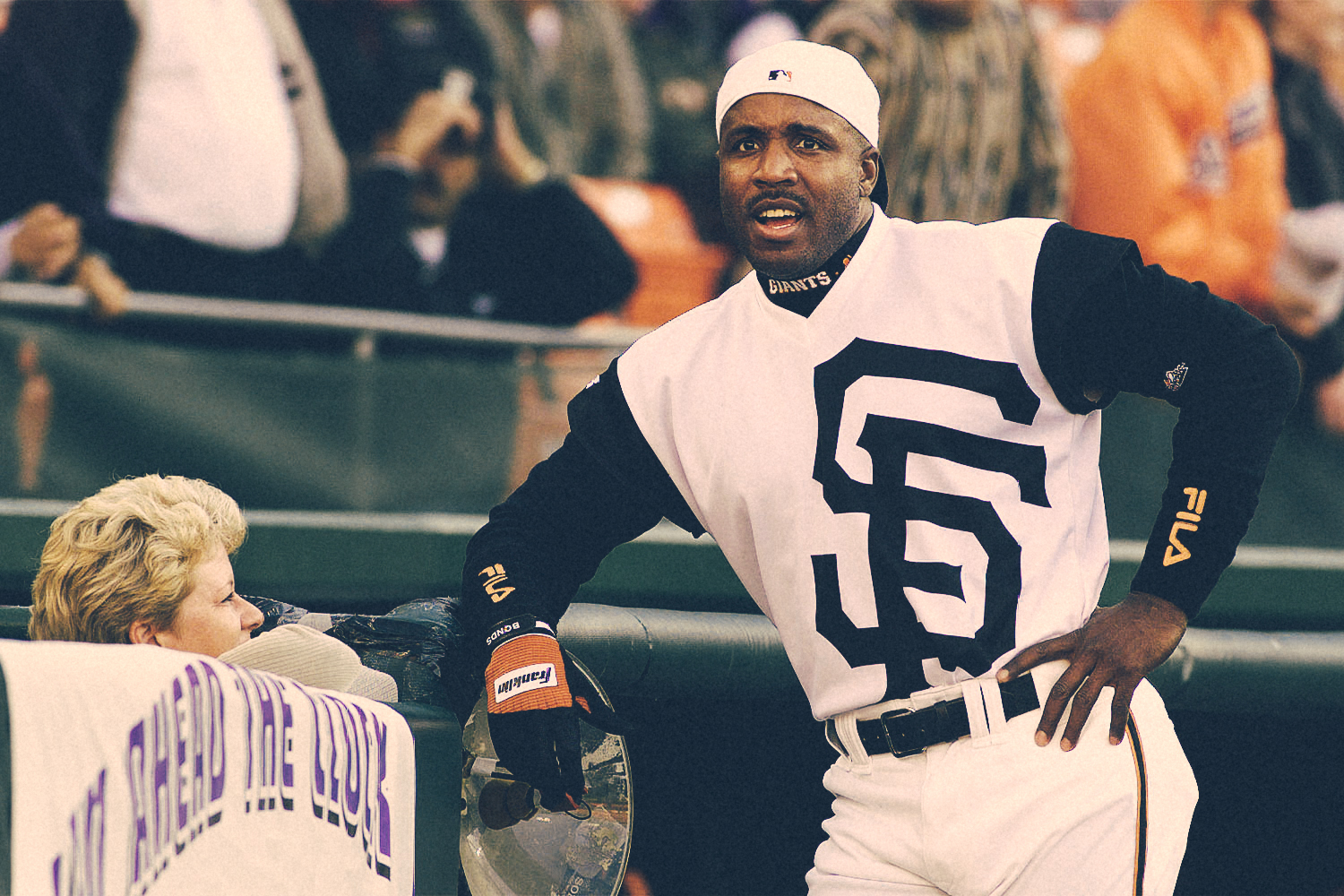
Uni Watch: As you know, the 1999 program wasn’t received as positively as your one-game promotion. How did you feel about that? Did you take any of it to heart, because the whole thing had basically been your idea?
Martinez: I think a lot of clubs weren’t as invested in the concept as we had been. It’s hard to go all in on something like that, especially if it’s not your idea. So did I feel some sense of responsibility? Certainly. And yeah, it hurt a little bit, because it’s something we poured our heart and soul into. But I think the rewarding thing for us is that over the years, our fans were clamoring for us to do it again, to bring it back. So in 2018, 20 years after the original night, we did it again.
Uni Watch: Will you do it again in 2027, since that’s the year you were supposedly representing?
Martinez [laughing]: We’ll see, we’ll see.
The Conduit
Once MLB decided to expand Martinez’s one-game concept into a league-wide TATC promotion for 1999, they wanted to find a corporate partner to act as a sponsor. The real estate firm Century 21 seemed like the obvious choice — not only because of their name, but because they already sponsored the annual Home Run Derby during the All-Star break, which would provide a good kick-off for the program.
At the time, Steve McKelvey was the Vice President of Marketing and Promotions at PSP Sports, a sports marketing firm whose client roster included Century 21. Prior to that, he had worked for MLB’s sponsorship department. So he was the perfect guy to sell TATC to Century 21.
McKelvey transitioned into academia in 2002 (he currently chairs the Department of Sport Management at UMass Amherst) but has fond memories of TATC. Here’s part of a conversation we recently had:
Uni Watch: What was your role in the Turn Ahead the Clock program?
Steve McKelvey: PSP Sports was hired by Century 21 to develop some kind of sports sponsorship platform for them, particularly going into the turn of the century. They were very sensitive to the leveraging their name at that point in time. So we built it around a sponsorship of Major League Baseball, which also included the Home Run Derby, playing off the word “Home.” And then we helped create the national Turn Ahead the Clock promotion. So I spoke with the folks in Seattle to learn a little bit about how they did it, and then we basically blew it out on a national level. And since I had worked for MLB, I already knew a lot of the folks I was going to be dealing with in putting this together.
Uni Watch: I’ve gotten the sense over the years that one reason for the negative reaction to the promotion was that it was seen as sort of a sponsorship boondoggle, or a vehicle for Century 21. In other words, it felt too corporate.
McKelvey: I didn’t really sense that at the time. There was an article or two that I saw after the fact where they talked about, you know, baseball “selling out” or something like that. But my recollection is that the negativity all came from the uniforms. You know, when you have ESPN saying on the nightly baseball recaps that the ballplayers look like clowns, that creates its own momentum.
Uni Watch: How did that make you feel at the time?
McKelvey: It was a little tense, because you have a client who’s paying a lot of money for this promotion. But on a local level, the promotion was very well received. Attendance went up, and they were giving away premium items that were pretty cool. But then you turn on the radio or TV, and you have people talking about the ugly uniforms — and every once in a while they drop in a Century 21 promotion. So anytime a client’s getting that kind of publicity, that’s not good.
Uni Watch: Did you have anything to do with the uniforms?
McKelvey: No, we left that to MLB and the individual teams. In all fairness to them, there was no lead time for this promotion at all. It was all done really, really under the gun. There was just no time to sit around and do a lot of different designs. In a perfect world, every team would have had local contests to have people design the uniforms, or something like that. And we would have involved the players, like Seattle did, which is why Seattle didn’t get any pushback for their uniforms. But we didn’t have any time for that.
Uni Watch: From your perspective, was the promotion a success?
McKelvey: On a national basis, no, just because of the negative reaction to the uniforms. But on a local basis, yes, it was successful. When I look holistically at the whole promotion — not just the uniforms, but what was done in-stadium — it was very well received. The attendance average went up in all the markets.
Uni Watch: Do you tell your students about your role in all of this?
McKelvey: Yes, it’s still a case study I use in my classes.
Uni Watch: What do they usually think when you tell them about it?
McKelvey: They’re so used to seeing, you know, a different uniform every week, because that’s how it works now, that the whole thing probably looks quaint to them.
The Sponsor
In 1999, Steve Savino was the Executive Vice President of Marketing for Century 21, so he was involved in the company’s TATC preparations. Like McKelvey, he’s since moved into academia (he’s currently the Assistant Dean of Graduate Programs at Lehigh University’s College of Business), but he never gets tired of talking about TATC. Here are some recollections he recently shared with me:
Uni Watch: From Century 21’s perspective, what was the feeling about the company’s name in the late 1990s? Was there a sense that the name was was going to lose its its sense of futurism or hyper-modernity? And if so, was there a sense of needing to leverage every last bit of futurism while we were still in the 20th century?
Steve Savino: That’s a great question. But I think the feeling was, “We’re coming up on this 21st century, so let’s take full advantage of it.” It wasn’t that we were worried about the name becoming outdated — it was more about seeing this time frame as an opportunity. Are we going to sit back and do what we normally do, or are we going to take advantage of it?
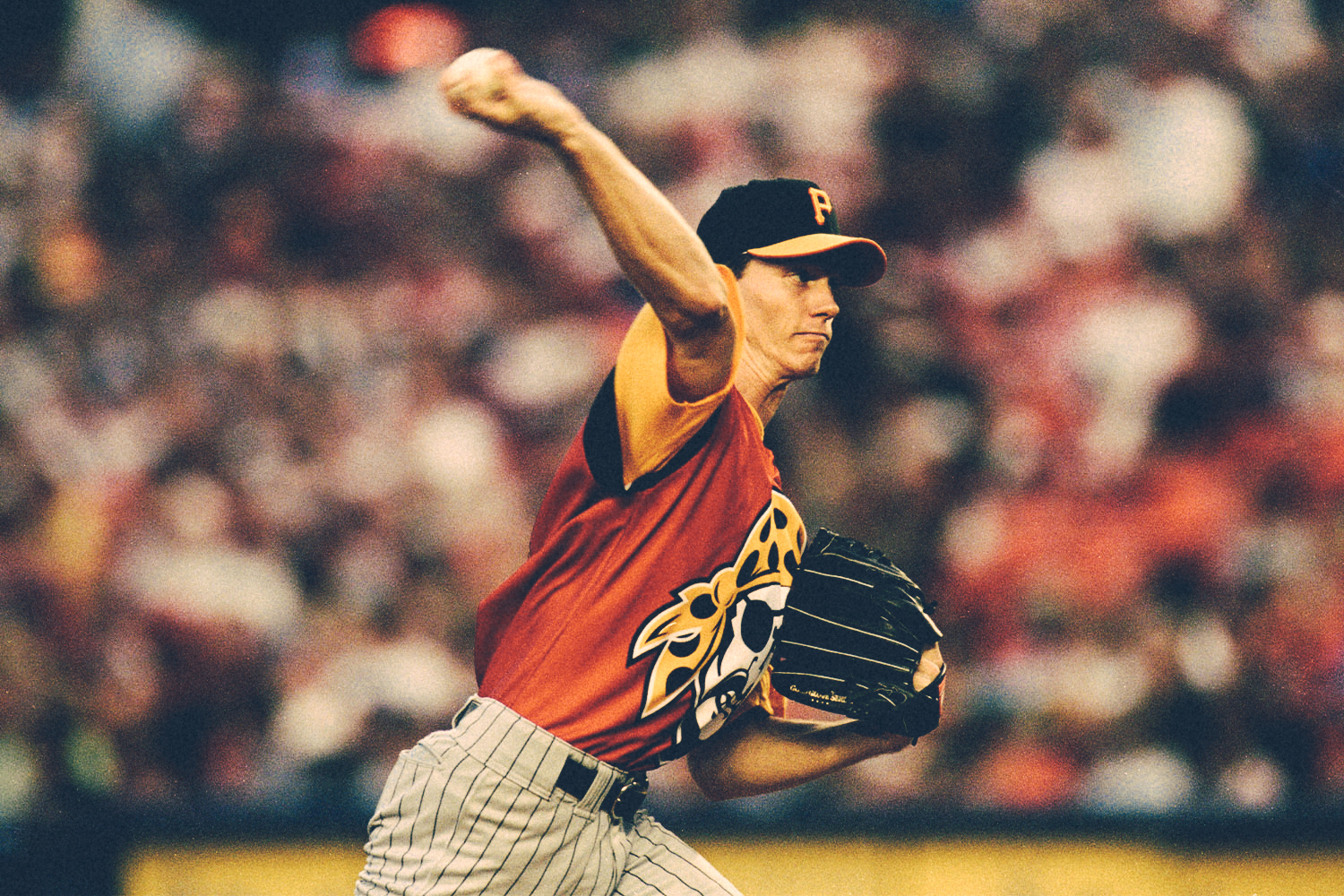
Uni Watch: Century 21 was already an MLB sponsor at the time. When did that relationship begin?
Savino: I believe it was 1998. So we already had one year with them, and now we were in year two when we developed this [TATC] promotion. We were already the title sponsor of the Home Run Derby at that time, so we did a lot of promotion around that. But the Derby takes place during the All-Star break, and we had nothing that was going to take us through the balance of the year promotionally. So that’s when Major League Baseball said this could be phase two — Turn Ahead the Clock.
Uni Watch: When the idea was brought to you, and you saw what the Mariners had done in 1998, what did you think?
Savino: I thought that is interesting, especially given how conservative Major League Baseball was, and how slow to change they were on almost everything back then. So I was surprised, but I also thought it was intriguing. If we did something like this, we probably would get press coverage. And our goal at Century 21, obviously, was to get exposure.
Uni Watch: Do you recall what sorts of internal discussions took place at Century 21? Like, “Should we do this? Is this right for us?,” that type of thing?
Savino: We were super-excited about doing it. But honestly, we weren’t clear in our own minds about how to promote it. We did use it effectively as an incentive program with our franchisees, in terms of using tickets for the games to reward and entertain their sales associates. But we just didn’t have enough time to plan a proper consumer promotion around it. I’m not even sure what that would be right now.
Uni Watch: Did Century 21 have any input into the uniform designs?
Savino: No, we left that up to Major League Baseball. It’s not like they came to us and said, “Well, here’s the Oakland A’s Turn Ahead the Clock uniform — what do you think?” I’m not sure we were that concerned about the uniforms.
Uni Watch: As you know, eight teams didn’t participate, including some of the biggest names — the Yankees, the Dodgers, the Cubs. Did you, or Century 21, take that as a snub?
Savino: Give Major League Baseball some credit — they prepped us for that. They said, “We are pursuing this with all 30 clubs, but the more traditional teams are going to be more difficult.” So it wasn’t a great surprise. Some of the ones that turned us down represented huge markets for Century 21, so our inability to leverage the public relations end of it in those markets was disappointing. But it wasn’t like we sat there and told MLB that the program was a failure without those teams. It was more like, “Gee, I wish we had those big markets as part of it.”
Uni Watch: As you know, the reaction to the uniforms at the time was not positive. What did you personally think of that at the time? And what was the reaction within Century 21? Was there any concern about the negative response?
Savino: I think it was easy to ridicule because it was so different, at least for that time period. That would have been a concern if the negative response from the media was directly linked to the brand, but I don’t recall that that was it. It was more like, “Hey, those ugly-ass uniforms are a joke.” It wasn’t “Boy, Century 21 is a joke.” That would have been a problem, but I don’t recall anything like that. The negative reaction was directed more at MLB.
Uni Watch: From Century 21’s perspective, was this promotion a success?
Savino: I think from a public relations standpoint, yes. But hindsight is always 20/20 — we should have done more with it at the consumer end.
Uni Watch: Do you still have any of the jerseys or caps?
Savino: I have one from the A’s, I know, and also from the Marlins. And I want to say I might have the Angels — I’d have to go back and look. People would probably want them now, right?

The Designer
Anne Occi recently retired after spending 30 years at Major League Baseball, where she served as Vice President of Design Services. Although her name is unknown to the average fan and unfamiliar even to many people who consider themselves knowledgeable about uniforms, it’s no exaggeration to say she’s had as big an impact on the look of Major League Baseball as anyone else over the past generation. Here’s a part of a conversation we recently had about TATC:
Uni Watch: What was your role in the Turn Ahead the Clock promotion?
Anne Occi: I did the [design presentation] boards. We wanted to show what some of the designs could be and give each one of the clubs some options, which is what we did. You know, some clubs got a little brave, some clubs got really brave, and then maybe backed off a little bit.
Uni Watch: How do you pitch or present a promotion like this to the various teams?
Occi: Remember, this is before sending things online, right? It was nothing like today. So all of the drawings were individually done, and they had to be sent out by FedEx. I had a binder, where I had handwritten notes on each one of the boards as we would discuss it with the club.
Uni Watch: Why did you go with oversized logos on so many of the jersey designs?
Occi: Big graphics were suddenly the rage at the time. But they weren’t all like that — think about St. Louis, where we had the robotic birds on a titanium bat. And one of my favorites, where we did a lot of work, was Oakland. We tried to show it from a different perspective, so the “A” was faceted and you were looking up at it. I was so fond of it.
Uni Watch: Did you also do the Mercury Mets treatment?
Occi: No. that was done entirely in-house by them, which was fabulous. I mean, just the idea of a club putting in that much effort. Most teams didn’t have the resources inside, which is probably why my position existed in the first place, to help them out in that regard. [Kit Geis, who was the Mets’ marketing director at the time, did not respond to repeated interview requests for this article.]
Uni Watch: You also created a new tailoring style.
Occi: Yes, what we were proposing here was was, in most cases, a pullover, which hadn’t been used in quite a number of years. [The last MLB team to wear pullovers on a full-team basis was the 1992 Reds.] But vest jerseys were extremely popular — it gave everyone mobility in their arms. So we decided to come up with a new silhouette, with a cap of the sleeve that came over the shoulder. It meant that all of those [existing jersey] patterns had to be recut in order to accommodate that.
Uni Watch: Were you disappointed that some of the marquee teams chose not to participate?
Occi: No, I actually thought that made sense for those clubs.
Uni Watch: Some of the response to the promotion was not entirely positive. Were you surprised by that? Did you feel it was unfair?
Occi: I definitely was not surprised. Working in design for baseball, the one thing you have to understand is that people take their brands very religiously. And anytime you go to make a radical change and you don’t evolve it over time, there are going to be a lot of people who are not going to like what you’ve done. Conversely, there were a lot of people who thought it was so unique and didn’t think the one game would harm their brand.
Uni Watch: Overall, do you think it was a success?
Occi: Yes.
Uni Watch: Now that we’ve arrived at 2021, and with people feeling a bit more nostalgic about the promotion, it would have been fun to bring back these uniforms for this season. Were there any discussions about that, to your knowledge?
Occi: I’d say the lack of those discussions was the result of a perfect storm — the pandemic, and we have a new licensing partner in Nike, which would make it technically problematic. And that’s okay — I’d like to think of it as one of those really awesome things I got to work on. And as you say, people do bring it up, and with a sense of fondness.
*****
And there you have it, from the people who made it happen. The feeling here at Uni Watch HQ is that while the full-scale 1999 TATC program may have been a mistake, it was a fun mistake, and I’m glad to live in a world where that kind of fun mistake can happen.
Meanwhile, here’s a little thought experiment: It’s been 22 years since the 1999 promotion, and another 22 years from now will be 2043. What will baseball uniforms look like by then? Something to ponder.
Paul Lukas honored the TATC program by creating this Uni Watch TATC jersey. If you like this article, you’ll probably like his Uni Watch Blog, plus you can follow him on Twitter and Facebook, check out his podcast, and sign up for his mailing list so you won’t miss any of his future InsideHook columns. Want to learn about his Uni Watch Membership Program, check out his Uni Watch merchandise, or just ask him a question? Contact him here.
The Charge will help you move better, think clearer and stay in the game longer. Subscribe to our wellness newsletter today.


